Getty Just Made 4,600 Incredible Images Public Domain
These images must still be credited, but they can be used for both commercial and non-commercial material
/https://tf-cmsv2-smithsonianmag-media.s3.amazonaws.com/filer/20130815084025071385011.jpg)
The J. Paul Getty Trust has an incredible collection of artwork including art from Monet, van Gogh, Rembrandt, da Vinci and more. Now, nearly 5,000 pieces of art from that collection have been opened up to the public for free use. You can browse the collection here, and it includes some incredible photographs of science and engineering like:

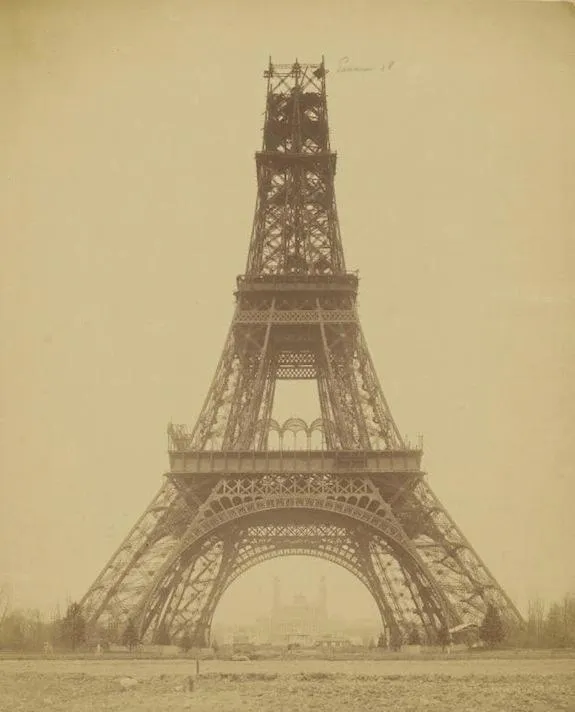
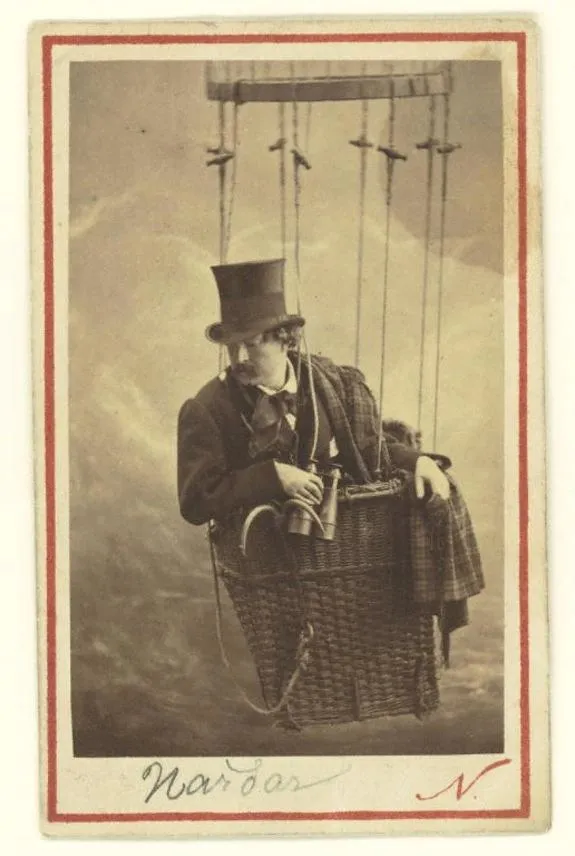
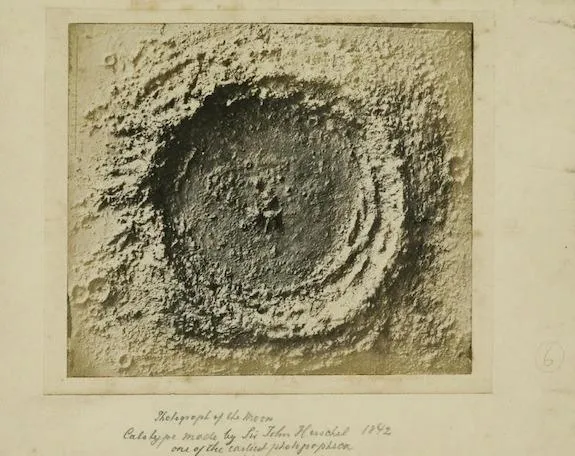
Along with some of these famous paintings:
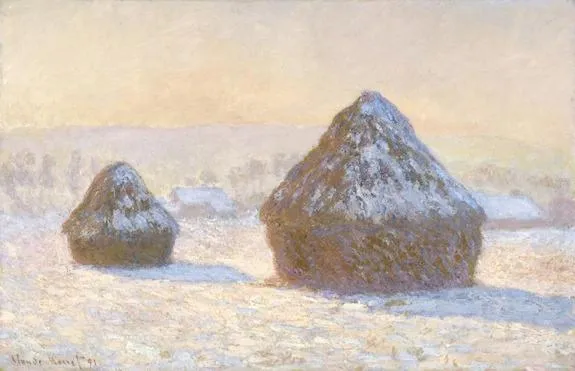

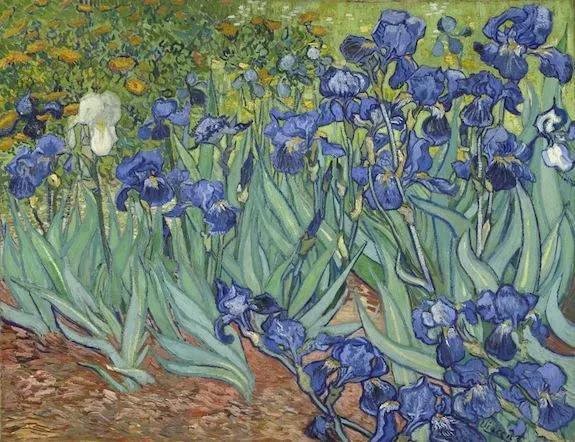
Why would the Getty put their art online for free, you ask? They anticipated that question and addressed it in their announcement:
Why open content? Why now? The Getty was founded on the conviction that understanding art makes the world a better place, and sharing our digital resources is the natural extension of that belief. This move is also an educational imperative. Artists, students, teachers, writers, and countless others rely on artwork images to learn, tell stories, exchange ideas, and feed their own creativity. In its discussion of open content, the most recent Horizon Report, Museum Edition stated that “it is now the mark—and social responsibility—of world-class institutions to develop and share free cultural and educational resources.” I agree wholeheartedly.
These images must still be credited, but they can be used for both commercial and non-commercial material. They can be edited, built upon, and used however people please. And the Getty hopes you take them up on it.
More from Smithsonian.com:
How does Liu Bolin Make Himself Invisible?
The Art of Video Games
/https://tf-cmsv2-smithsonianmag-media.s3.amazonaws.com/accounts/headshot/Rose-Eveleth-240.jpg)
/https://tf-cmsv2-smithsonianmag-media.s3.amazonaws.com/accounts/headshot/Rose-Eveleth-240.jpg)